California Energy Commission to award up to $11M for non-Li-ion energy storage projects
Green Car Congress
JANUARY 3, 2020
The California Energy Commission (CEC) has released a solicitation (GFO-19-305) to fund innovative, non-Li-ion energy storage research projects, including green electrolytic hydrogen systems. This group will focus on supporting energy storage technologies that are in the early stages of development.


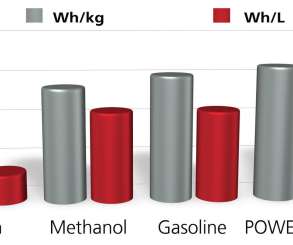

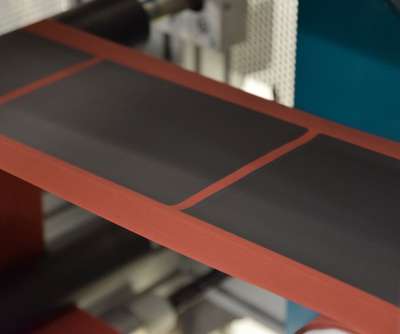

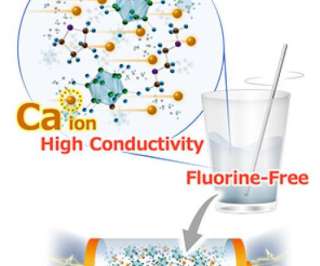


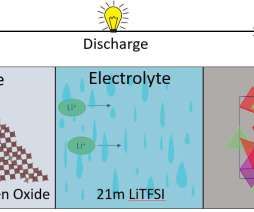







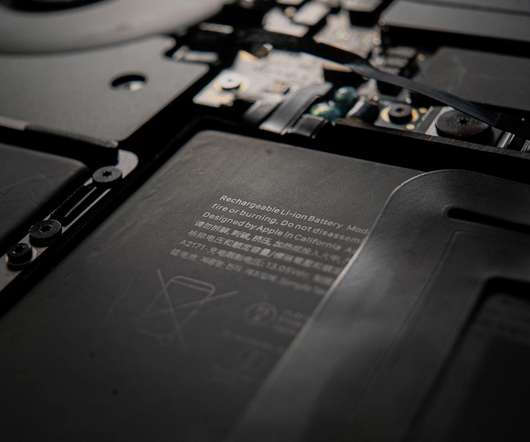















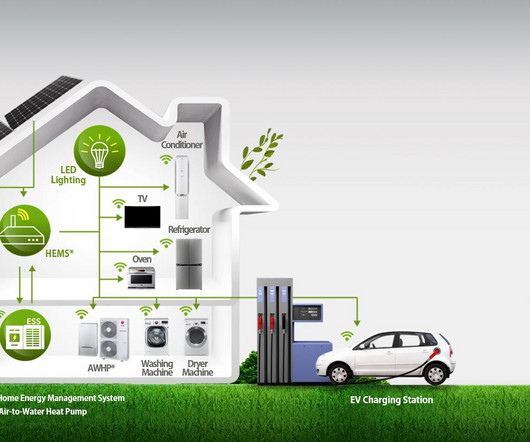







Let's personalize your content